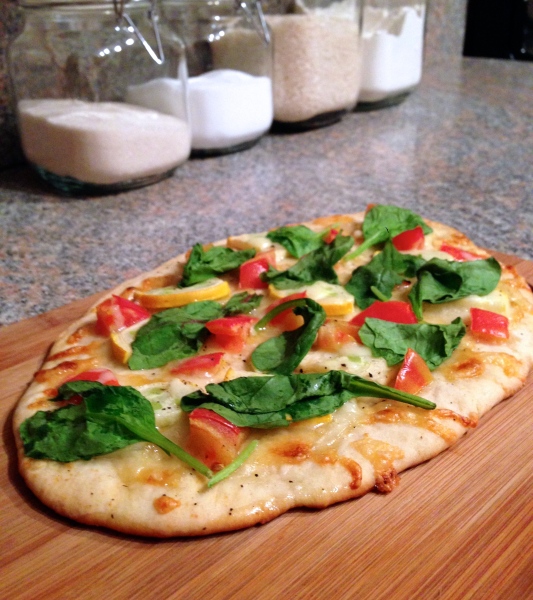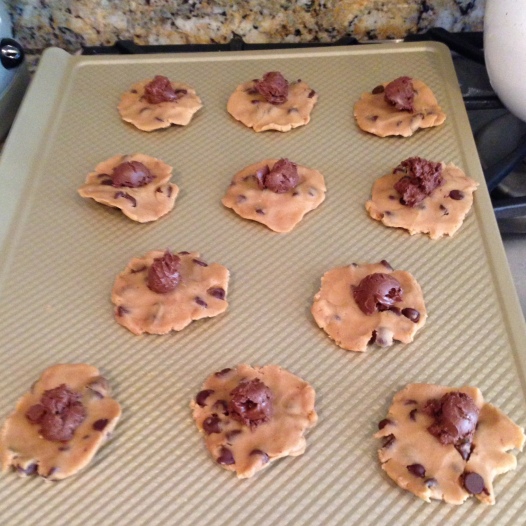It may be summer in other parts of the country, but fall has come to Indianapolis swiftly and decisively. It’s here to stay. I’m excited to break out my leather jacket and start exercising my boot collection once again, but the arrival of fall always makes me stop short at my nail polish drawer. I like bold nail colors to match my bold personality (OK, that was cheesy and a lie. I like them because they complement my skin tone): bright pastels and neons, darkest-dark shades and of course, glittery metallics. You’ll be hard pressed to find any of those on the fashion blogs’ “10 Best Nail Colors for Fall.” Instead, fall brings with it more muted nail colors. “Nude” and “neutral” have to be the most frequently-used terms in beauty at this time of year. So I stay true to myself by mixing these moodier tones with some of my favorite bold polishes. This does involve a little nail art.
Now don’t go running off. Nail art is not dead, but it is a little bit time consuming (seriously who has time for stuff like this???). I’m in grad school, so trust me, I don’t have time. This is why I try to mix up polishes while keeping the technique simple. An accent nail or an easy pattern you can paint with a normal brush and some toothpicks (since I’m in grad school, I also don’t have money for fancy nail art tools) does the trick. My first fall look of the season just involves aiming your brush a little bit:
For this look, I used an old nude from Forever 21 (any neutral will do) and a black, multidimensional glitter from Julep. After painting on my nude color, I added a few light strokes of the glitter polish just at the top of my nail — no tools or extra drying time needed. Any light neutral paired with a clear-based dark glitter can get you this faux French-tipped look and add some edginess to your manicure as you welcome fall, however reluctantly.






